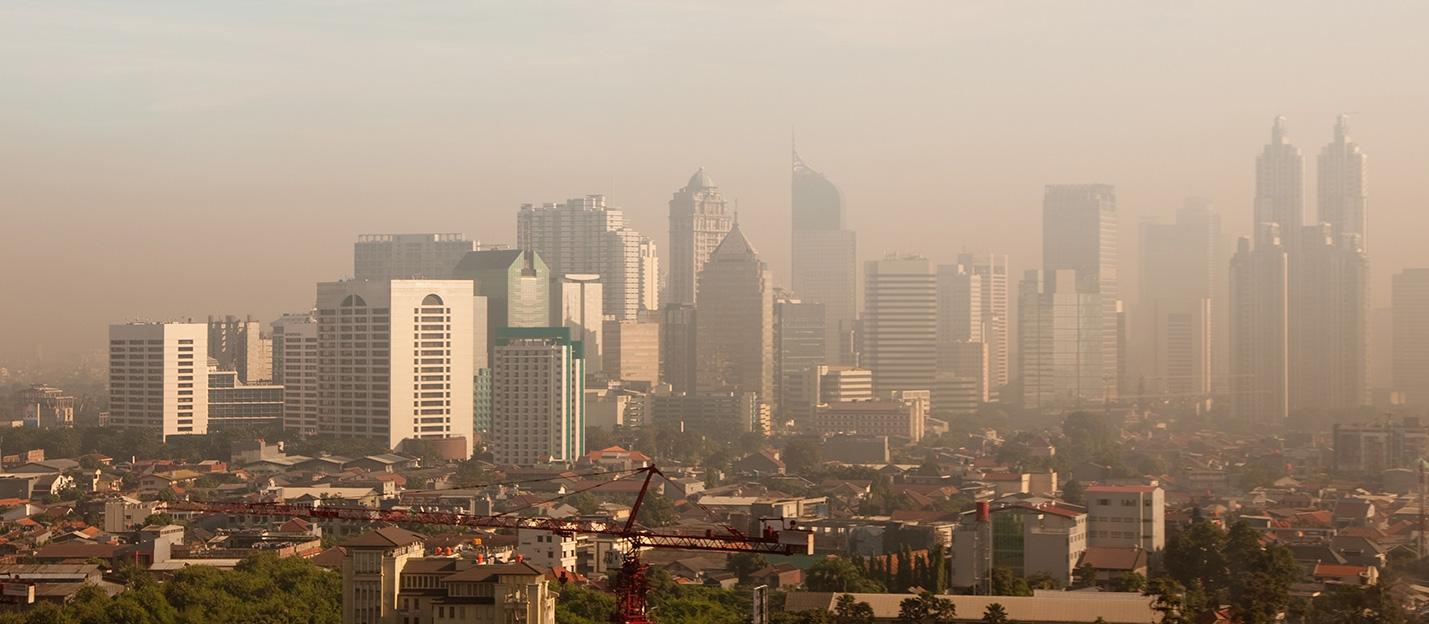Wildfire smoke: what is it and how to protect yourself
As wildfires continue to devastate North America, resulting smoke from the fires has spread rapidly around the region. Dyson breaks down the pollutants making up the smoke and provides recommendations during times of unhealthy air pollution.

What is wildfire smoke?
Wildfire smoke can linger in the air for hours, days, or even weeks following a fire. This smoke can contain gases like carbon monoxide mixed with fine particles from the materials burning in the fire, water vapor, and other particle pollutants[1].
Particle pollution is a mix of coarse and fine particles. The concentration of particle pollution in wildfire smoke is often so high that it can become visible. The air will look smoky, hazy, or foggy and sight lines become limited. Smoke damage from wildfires presents a public health threat, and the smoke can cause or exacerbate several health conditions.
Just as wind patterns can accelerate and change the direction of fires, it can also determine how far and where wildfire smoke can travel. While a specific area may be impacted by the fire itself, we see that wildfire smoke can spread even further as evidenced this week by the intense air pollution seen across the US that can be attributed to the wildfires burning in Canada.
-
Indoor and outdoor air
It’s important to understand the connection between indoor and outdoor air. While you may not see the air pollution inside in the same way, often outdoor air pollutants can make their way inside homes. According to the US EPA, outdoor air infiltration occurs in all homes to some extent[2]. Infiltration is process by which outdoor air flows into the house through openings, joints and cracks in walls, floors and ceilings, and around windows and doors.
Staying safe during times of unhealthy air pollution
- Stay inside as much as possible – Unless you are asked to evacuate your area, staying inside can reduce your exposure to smoke, ashes, and other air pollution.
- Take extra precautions to protect the air in your home - Even the most well-sealed home can still allow for some outdoor air pollution to make its way inside. The CDC recommends using a freestanding indoor air filter to protect from the effects of wildfire smoke. Air purifiers with sealed HEPA filters can reduce smoke as well as keep the air cleaner from everyday pollutants found in our homes such as dander from pets, fumes from gas stoves, or volatile organic compounds (VOCs).
- Check your air quality – Having more knowledge about the current state of your outdoor and indoor air can help you make informed decisions. Many weather apps now provide a live outdoor air quality reading in your area and warn you if it is at dangerous levels. Check your indoor air quality with connected purifiers or indoor air quality monitors.
- For those who must go outside, protect the air you breathe – If you must go outside, take steps to reduce the amount of pollutants you are breathing in. You can do this by wearing a mask or a wearable air purifier.
Press Contacts
-
Press Office
Email: USPR@dyson.com
-

